While it may seem shocking, in Ethiopia girls are married off at ages as young as 5 years old, and 48% of rural women are married before age 15. Photographer Guy Calaf documents these young child brides and their marriages in this photo essay.
Read More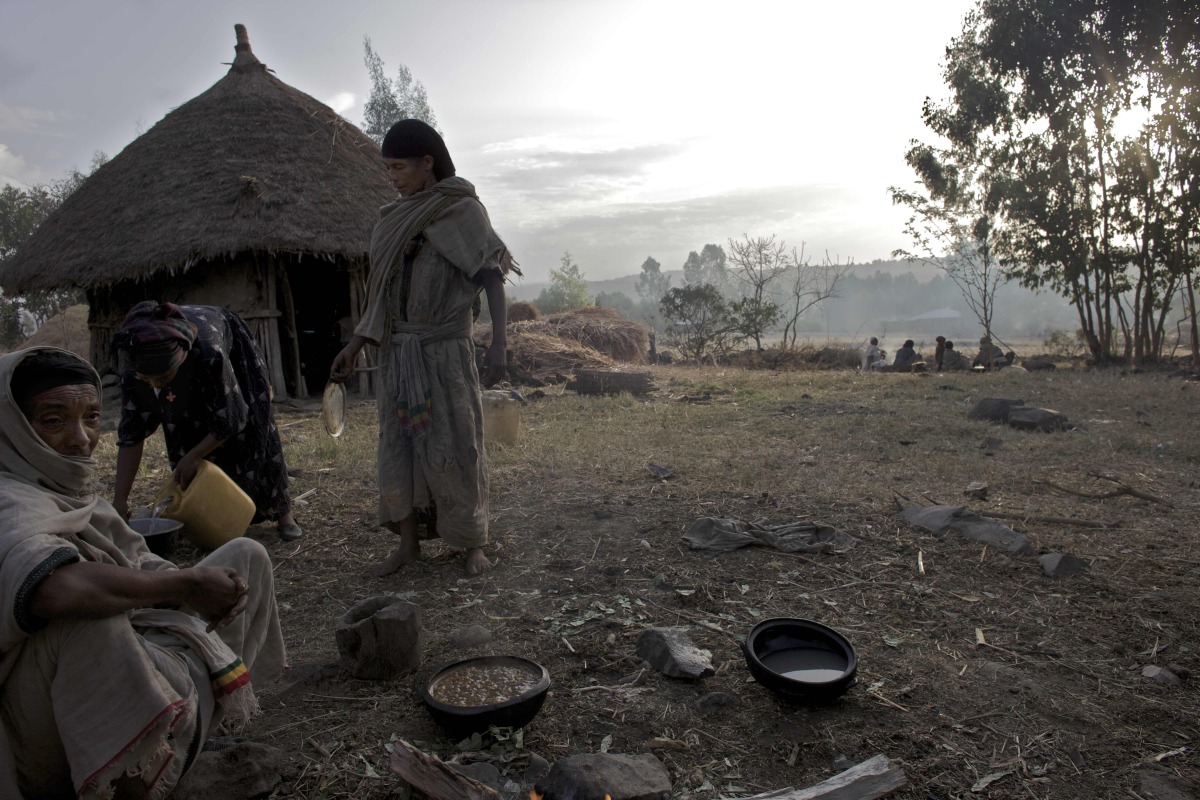
Relatives of Etinesh, 11 years old, and Torokan, 8 years old, who will be sold into marriage that day, prepare meals to be served during the marriage celebration at dawn in a village in the Northern Amhara region of Ethiopia.
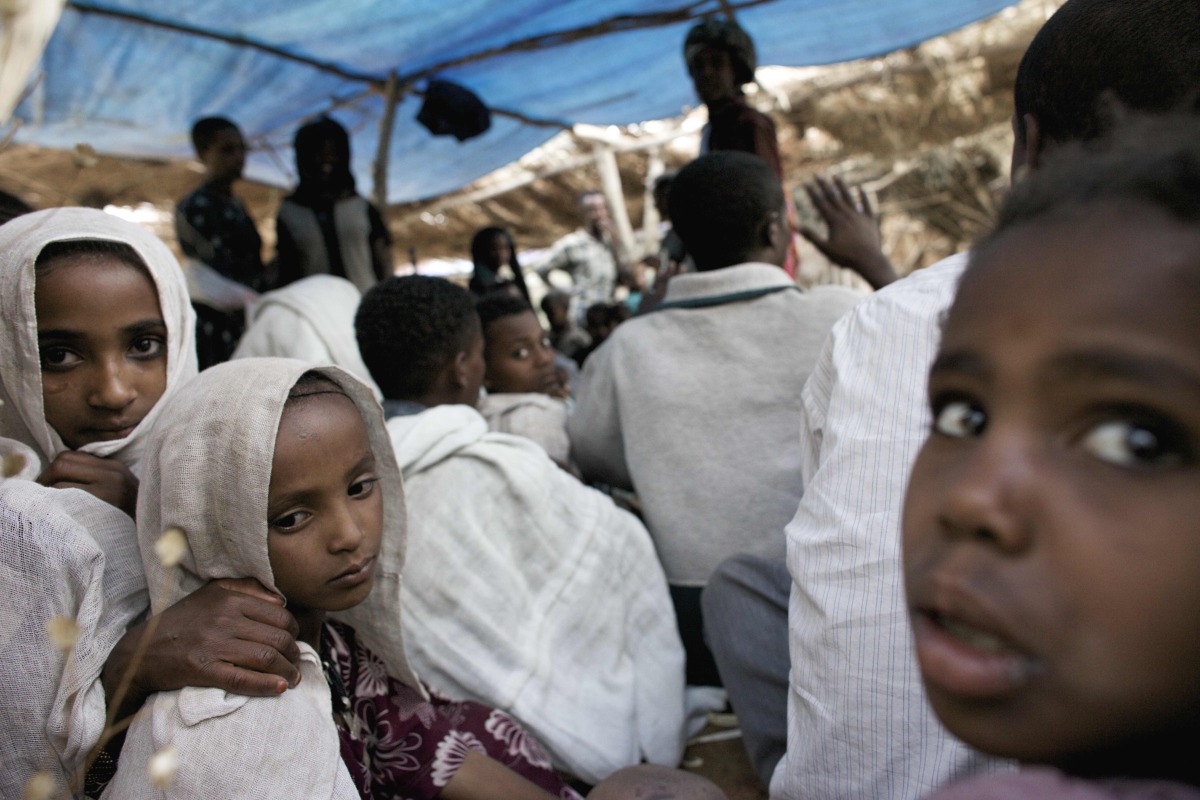
Etinesh and Torokan, sit in the bridal tent while celebrations for their marriages take place.

Children play on trees during marriage celebrations of two other village children.

Torokan and Etinesh walk with their new husbands to their new villages after the celebrations for their marriages.

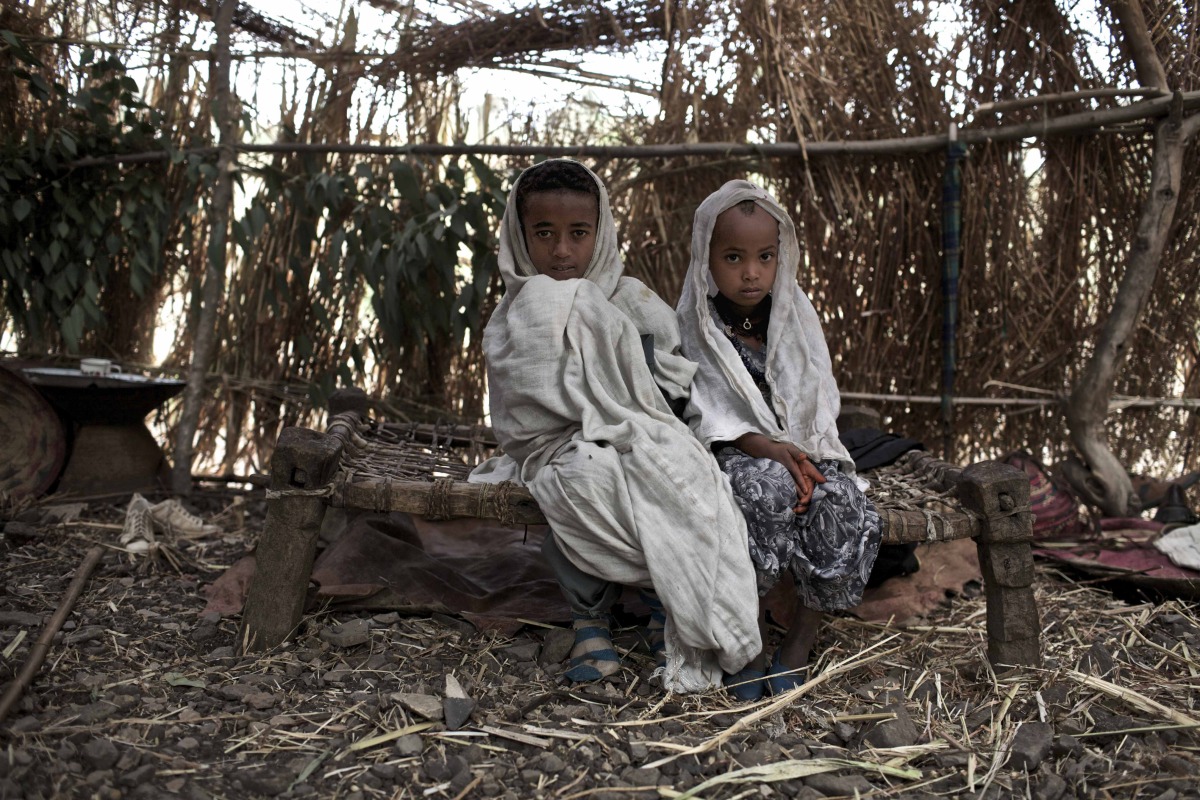
Ambaun, 9 years old, and Deghe, 7 years old, sit in their matrimonial tent before their wedding celebration’s commence in a village in the Northern Amhara region.
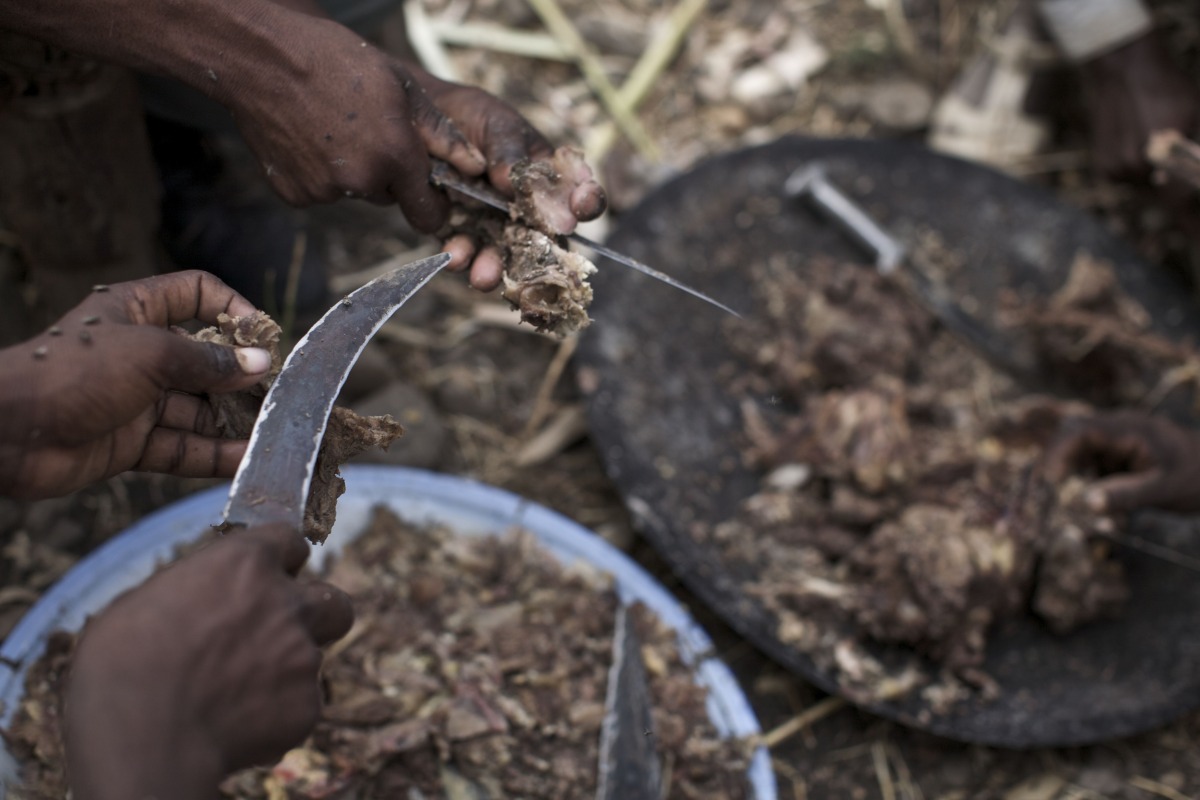
Relatives of Ambaun and Deghe cut meat to be served at the children's wedding before the celebration..
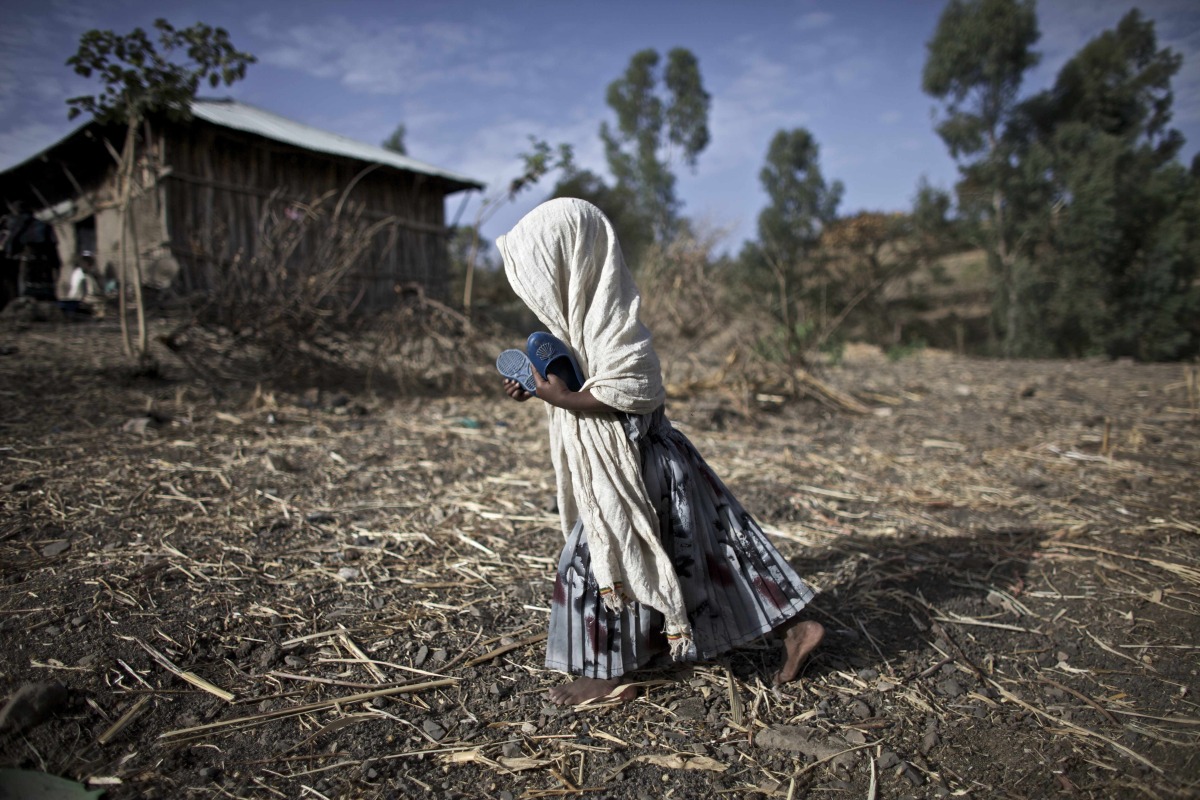
Asafu, 10 years old, walks back to her mother after leaving her bridal tent before her wedding celebrations begin.
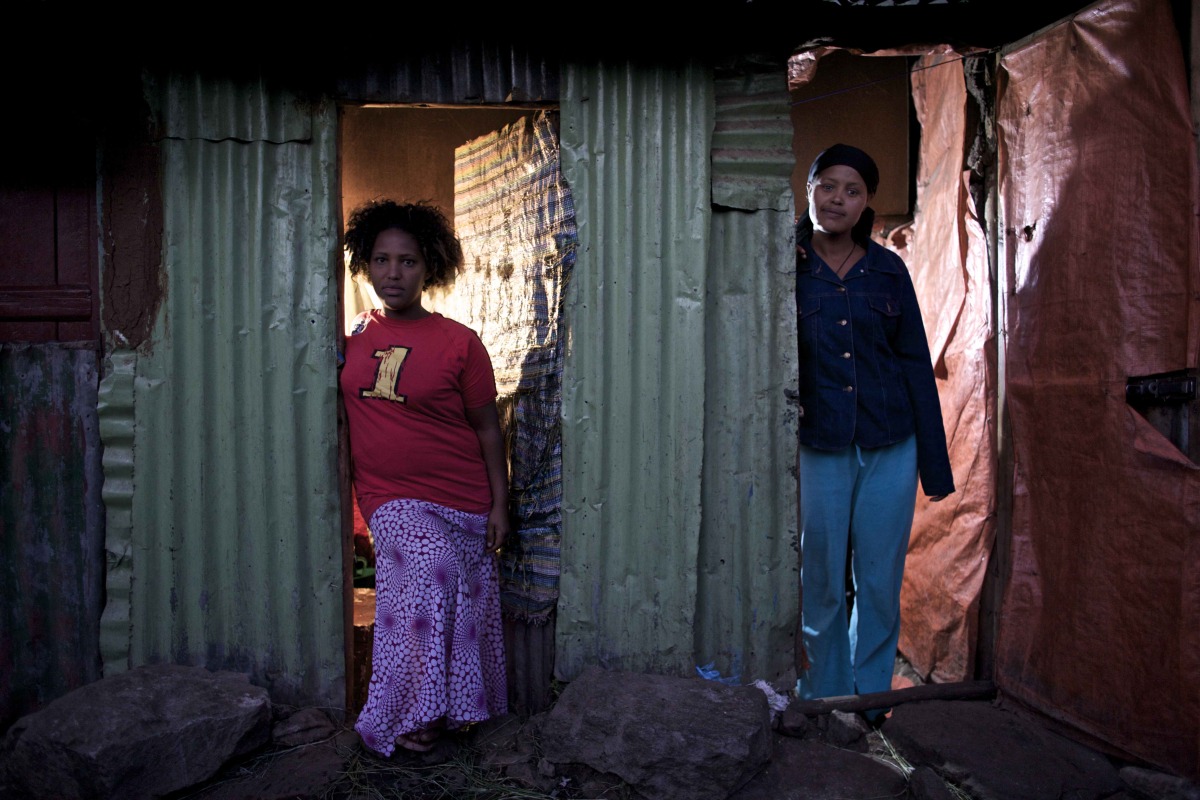
Weinit, 24, and Busunesh, 27, escaped from the same village in Ethiopia a decade after being sold into marriage by their families. They are now sex worker in the "Merkato" neighborhood of Addis Ababa, Ethiopia's capital.
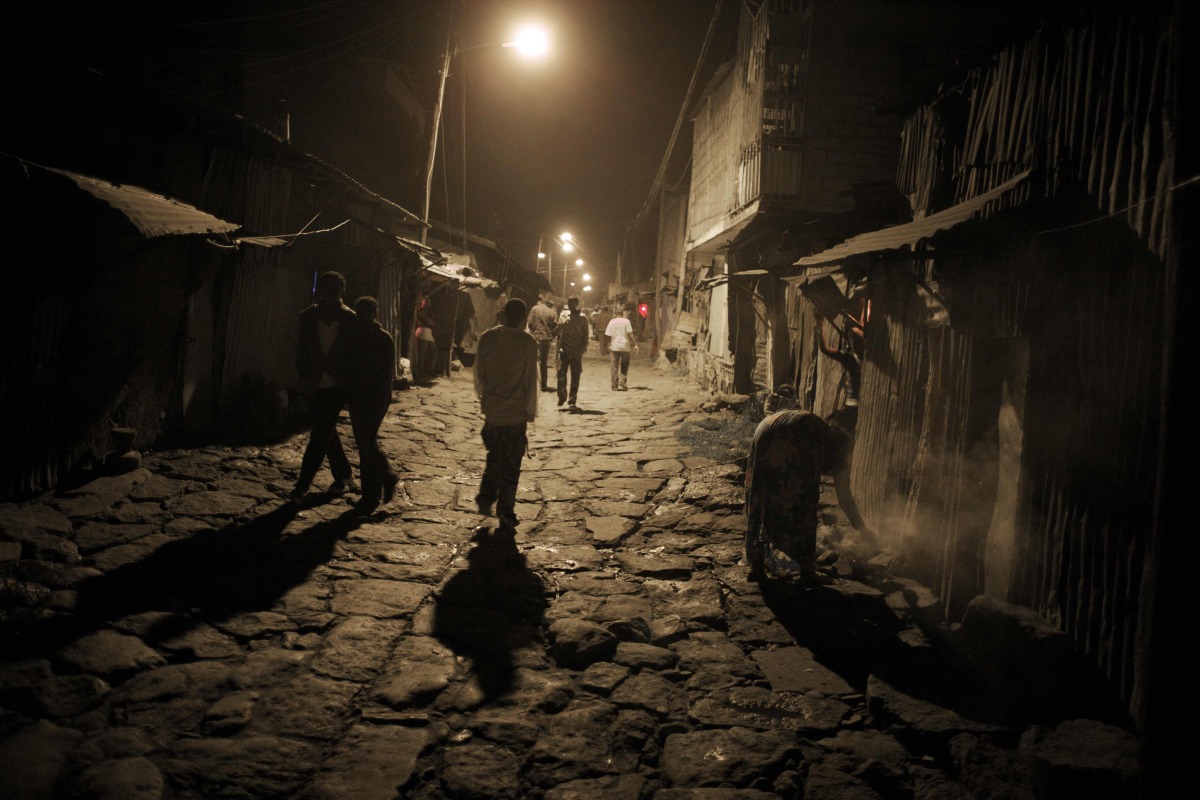
Men walk through the area where commercial sex workers wait for their clients in the "Merkato" neighborhood of Ethiopia's capital, Addis Ababa.
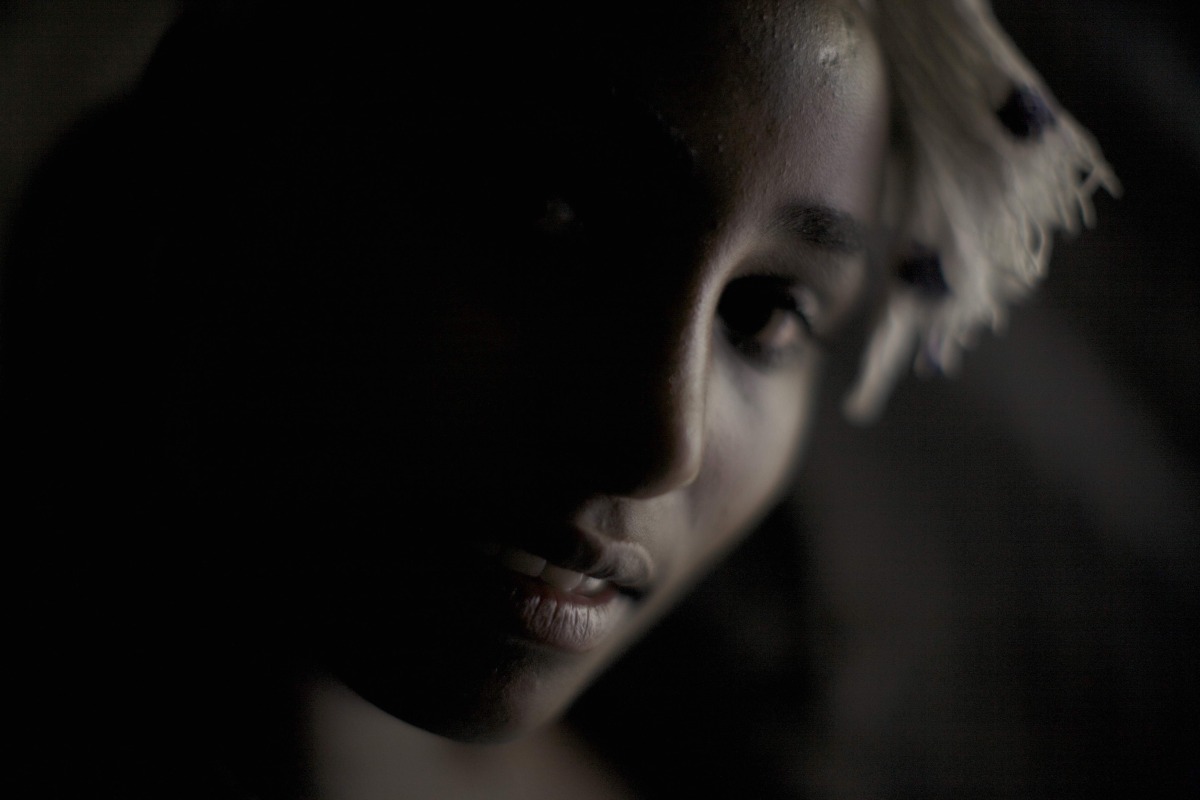
Agare', 14 years old, escaped three years before, from her village, where she was sold into marriage when She was 8 years old.
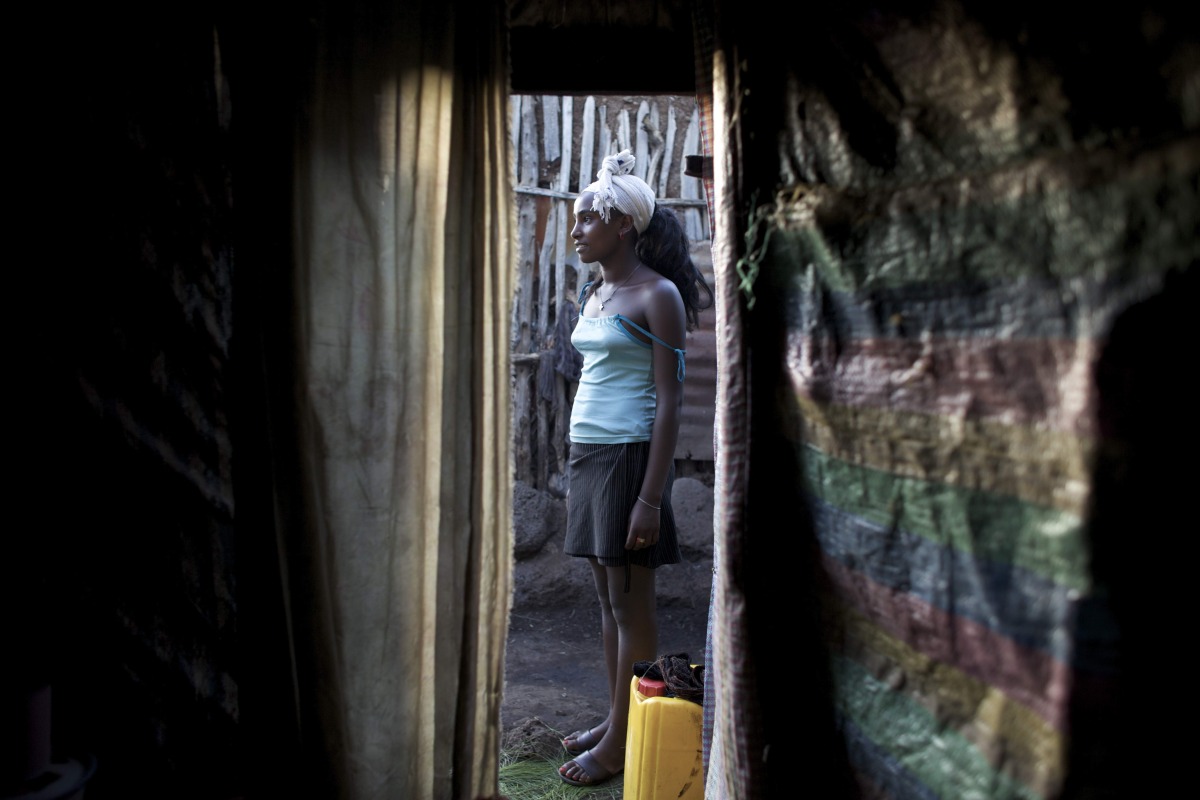
Agare’ stands outside the shack where she works as a sex worker while waiting for clients in the center of the city of Bahir Dar, a commercial hub in the Northern Amhara region of Ethiopia.
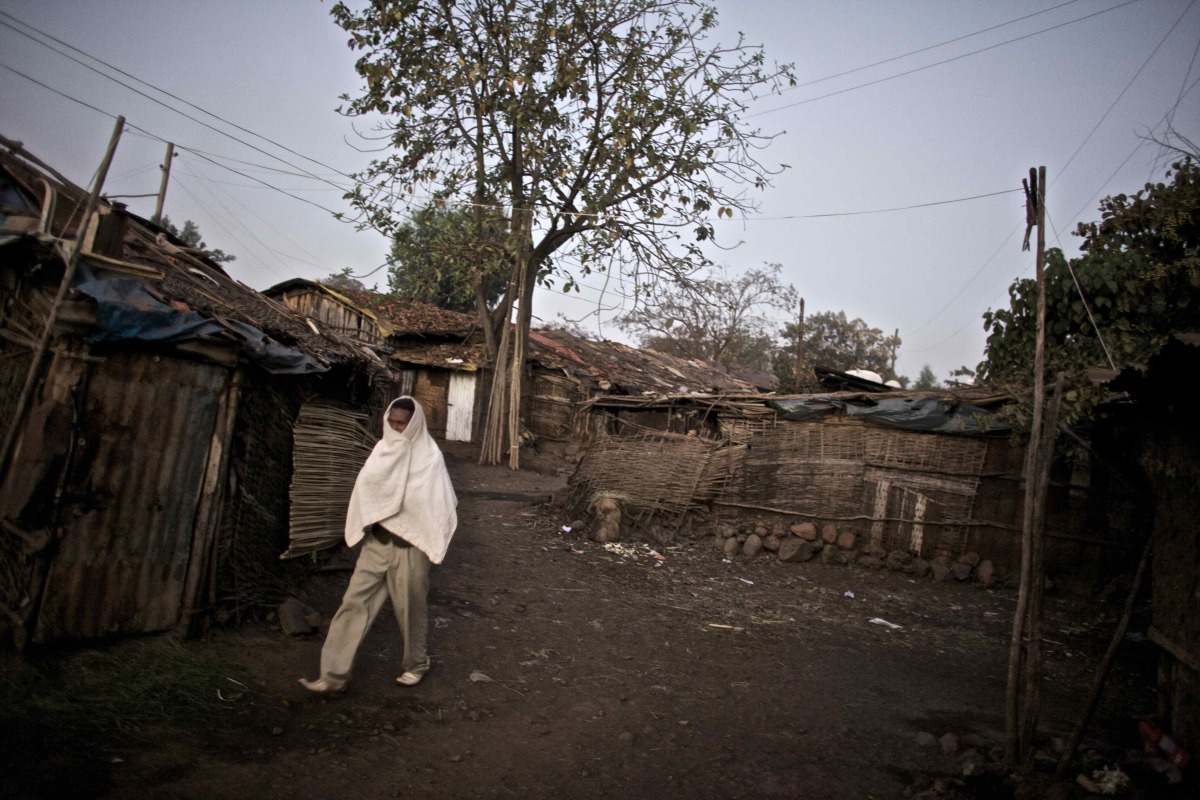
A man walks through the neighborhood of Bahir Dar where commercial sex workers wait for clients night and day, in the Northern Amhara region of Ethiopia.
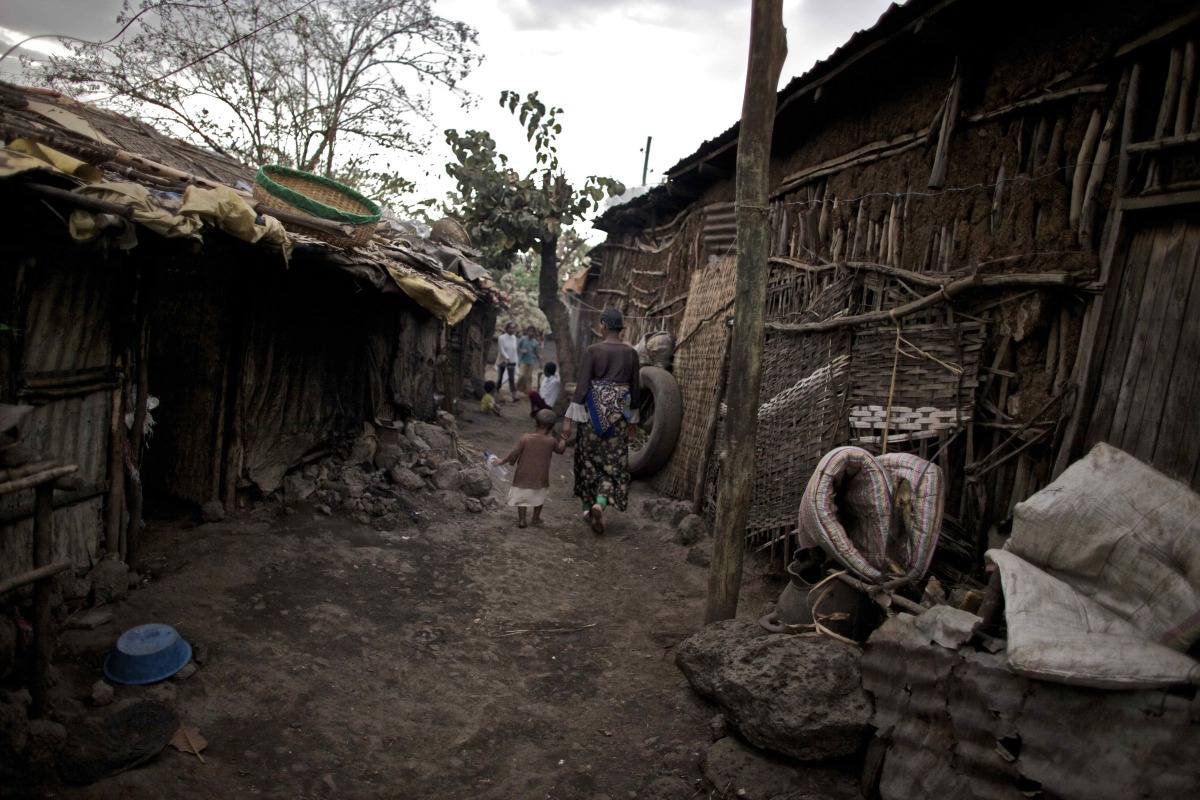
Fit Fit, 25 years old, and her son Letmegaeta, 11 years old, outside the shack where they live.
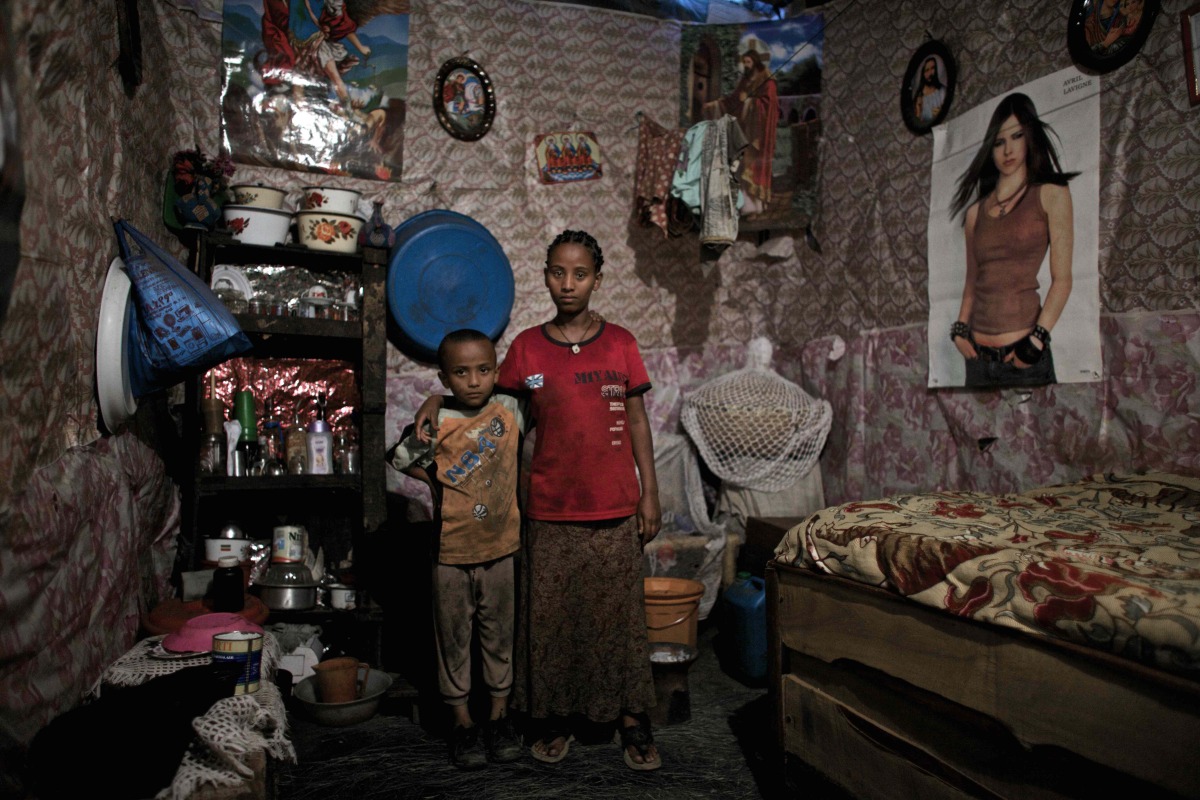
Fit Fit, 25 years old, and her son Letmegaeta, 11 years old, portrayed in the shack where they live and where Fit Fit works as a commercial sex worker in the city of Bahir Dar. Fit Fit escaped from her husband to whom she was sold into marriage at the age of 7 years old. She was helped by a relative who also escaped years before and came back to her village to rescue her.



































